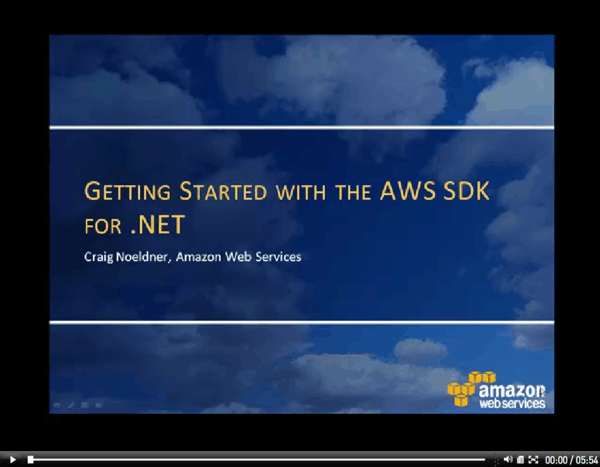| Amazon introduces AWS Toolkit for Visual Studio |
| Written by Alex Armstrong | |||
| Friday, 09 September 2011 | |||
|
.NET developers who are creating applications using Amazon Web Service can now take advantage of a new set of Visual Studio extensions. AWS has never been particularly easy to use for the .NET programmer. Now you can start to use AWS without leaving the comfort of Visual Studio, courtesy of Amazon and a free download. The first release of AWS Toolkit for Visual Studio includes AWS SDK for .NET, AWS Explorer and AWS CloudFormation Deployment. It supports multiple AWS accounts for easy switching between them during development. Once the Toolkit is installed you can simply use one of the templates to create an AWS application and then just work on it within Visual Studio. The AWS Explorer allows you to manage your AWS infrastructure from Visual Studio. You can use it to configure S3 objects, SimpleDB items, and SQS messages for example. You can also edit existing resources and submit queries to SimpleDB. The final component is the CloudFormation Deployment tool, which lets you deploy your application to AWS and to update it.
Prerequisites are .NET framework 3.5 Service Pack 1, Microsoft Visual Studio 2008 (Standard or higher) or preferably Visual Studio 2010 (Professional or higher) and you must already be signed up for the Amazon services you want to use. For AWS CloudFormation Deployment you need Web Deployment Tool 1.0, which is pre-installed on Visual Studio 2010. If you would like to see how to install it and how it works then watch the following video:
For more information and to download:http://aws.amazon.com/visualstudio/
Further readingAmazon Micro Instances - the cloud on the cheap
If you would like to be informed about new articles on I Programmer you can either follow us on Twitter or Facebook or you can subscribe to our weekly newsletter.
<ASIN:0321623630> <ASIN:0596515812> <ASIN:0980576830> <ASIN:141162551X> <ASIN:1430224479> |
|||
| Last Updated ( Saturday, 10 September 2011 ) |


